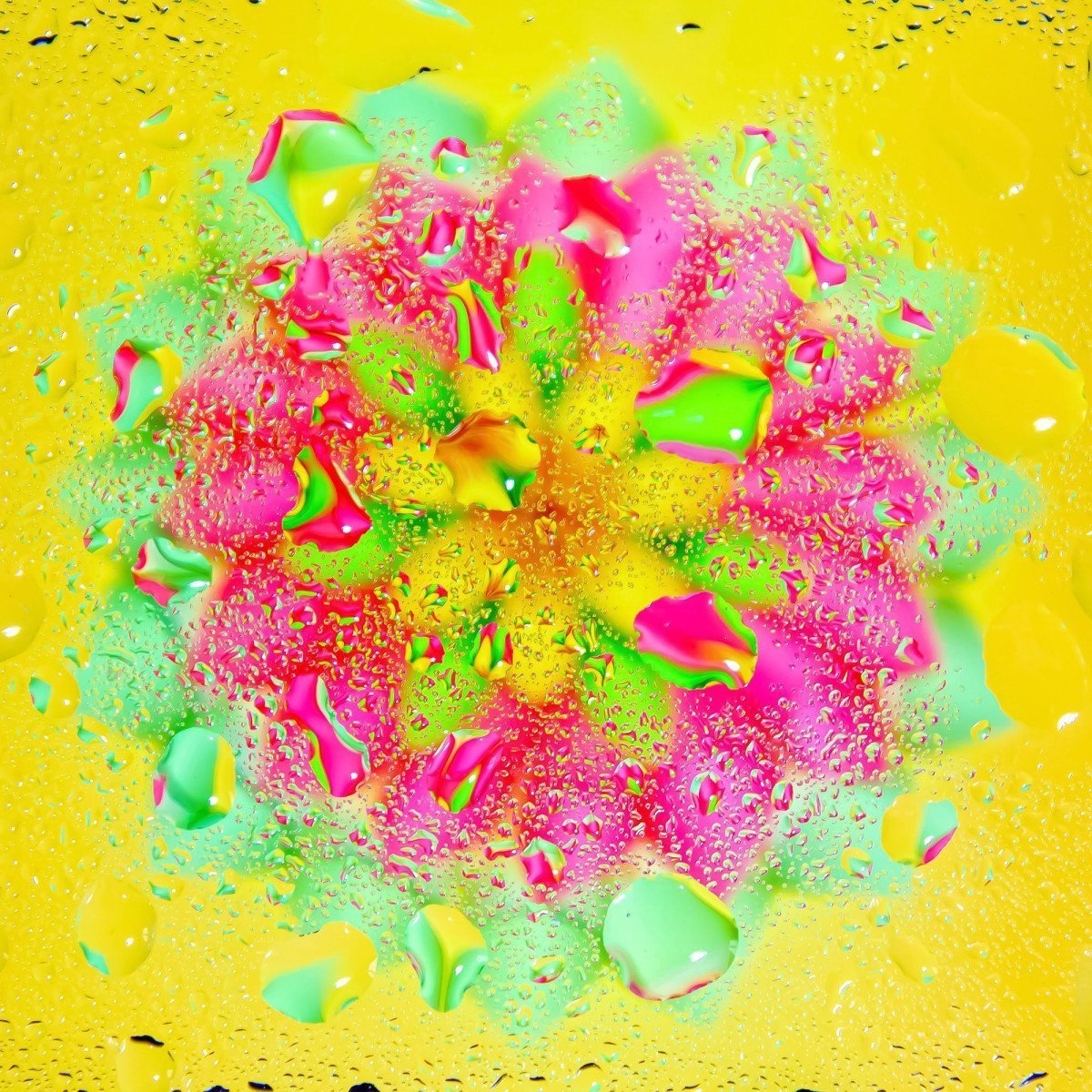Thinking back, my most unforgettable photo studio experience was entrenched in a small room drenched in blazing red. Sounds intense? Truer words were never spoken. It was bustling with energy, a dramatic backdrop to my nervous first photoshoot. You might ask, does the color actually matter that much?
Unlocking the Potential of Color Psychology
To answer that honest question, yes! Colors, my friend, speak louder than words. Surprisingly, an estimated 62-90% of our feeling about a product is determined by color alone. Apply this statistic to the world of studios, and you’ve got yourself one big palette of powerful emotions.
The world of color psychology is packed with potential. Understanding the subtle yet significant impact each shade can have on mood and perception is key to creating a photo studio that sings – or screams, whispers, or laughs, depending on the mood you’re aiming for.
“Red, for instance, gives a vibe of excitement, love, and sometimes even anger. Imagine a romantic photoshoot with roses. The proper ventilation in place, of course, to keep things calm. It’s a stirring sight, no?” said noted photographer, James Thorne, at a recent workshop.
How to Use Colors Wisely
But with such a rainbow at your disposal, picking out the right hues may feel like shooting in the dark. Here’s how you can decide whether to invite the blush of coral or the tranquility of teal to your studio.
Ask yourself, what is the purpose of this shoot? Each color has its unique psychological impact. Blue, for instance, is typically associated with trust and recognition. “Used in the backdrop, blue can create a serene atmosphere that puts your subject at ease,” Thorne suggests. The right choice of color can evoke the precise emotion you want to capture in your frame.
Consider the type of light hitting your studio walls. The best color schemes shimmer under natural light. However, if your light source is artificial, some colors may appear less vibrant. It’s crucial to test out your colors under various lighting scenarios.
Hold up though, before you grab your brushes and start splattering your studio with the entire color wheel, let’s take a breather. Effective use of color is not just about the walls—it’s equally important to consider the overall ‘feel’ of the studio. The furniture, props, even the roof—every detail matters.
Make Your Studio Speak Volumes with Colors
Imagine this: A studio painted in calming shades of pastel blue with complementing white furniture. On the wall hangs a canvas of warm amber, casting a soft glow under the ceiling lights. Pure magic, right? The interplay of colors inside your studio can turn it into more than a workplace; it can be a haven of creativity.
We’ve only skimmed the surface of color psychology. Take green, linked with harmony and balance, often recommended for creating a peaceful ambience. In contrast, violet might be your choice for stimulating imagination and inspiration. Each color narrates its own story, and harnessing that power could be your studio’s secret ingredient.
Your studio is your canvas, and you are the artist. Bold or subtle, bright or demure, you have the liberty to create a world of colors that suits your style and enhances your work. It can be a challenging process, but the results, oh the results, are worth every brushstroke.
Now, tell me, which color speaks to you in your creative journey?


0 Comment